Washington, DC — While much about the 119th Congress is now known, there are still significant uncertainties regarding the infrastructure policy landscape. Here are several election takeaways, the current state of play surrounding transportation policy, and a closer look at railroads’ reauthorization priorities.
Turnout and turnover: The 2024 elections saw the second highest voter turnout since 1960. All 435 U.S. House seats, 34 of the U.S. Senate’s 100 seats, and 11 governorships were in play. Across those races, 75 new members were elected (12 Senators and 63 Representatives). All three incumbent governors were reelected and none of the seats were flipped (maintaining 27 Republican and 23 Democratic governors). In Congress, Republicans retained control of the U.S. House and newly took control of the U.S. Senate.
Taking the transportation reins: On the Senate side, Sen. Ted Cruz (R-TX) will assume chairmanship of the Commerce, Science and Transportation Committee, where he previously served as ranking Republican. He will oversee the confirmation process for President-elect Trump’s transportation secretary nominee Sean Duffy, a former Wisconsin congressman from 2010-18 who served previously on the Financial Services Committee. With some Democratic support already, Duffy is expected to have a smooth confirmation.
In the U.S. House, Rep. Sam Graves (MO-06) will retain leadership of the Transportation and Infrastructure committee after being granted a waiver to serve a fourth term and Rep. Rick Crawford (AR-01) withdrawing his bid for the role. It’s not currently clear who will replace Graves as ranking member, with both Rep. Rick Larsen (WA-02) and Del. Eleanor Holmes Norton (DC) having expressed interest.
Also relevant to a transportation policy, the Environmental and Public Works committee will now be chaired by Sen. Shelley Moore Capito (WV). She has mentioned safety and the transportation reauthorization as priorities, stating on the latter, “It’s gonna be important to me that we talk about programs that work.”
Lame-duck work: Last week the Senate Commerce Committee, currently chaired by Sen. Maria Cantwell (D-WA), easily approved four nominees for Amtrak’s board of directors, setting them up for confirmation by the end of the year. The Committee is also awaiting action on nominees for the National Transportation Safety Board and Federal Maritime Commission.
Vacant seat at the STB: The Surface Transportation Board (STB), the agency responsible for the economic regulation of railroads, currently has four members split evenly between Republicans and Democrats, with one open seat. Filling the vacancy may take time, so advancing agendas will require bipartisan support. Most speculate that current board member Patrick Fuchs is expected to become chair and focus on areas of consensus.
Incoming transportation agenda: As we approach the expiration of the Bipartisan Infrastructure Law in 2026, policymakers and these committees in particular will be focused on a transportation reauthorization bill. It is reported that Secretary-designee Duffy and President-elect Trump want to emphasize “basic stuff” like building roads and bridges.
For his part, Chair Graves said that his work will focus on developing the reauthorization and “reprioritizing policies that are consistent with the core purpose of infrastructure in the first place – moving people and goods safely and efficiently throughout our country.” He is also targeting permitting reform, for example oversight of the One Federal Decision to streamline environmental review processes for major infrastructure projects.
Where does rail come in? As Congress works to complete legislation investing in infrastructure, fostering continued economic development, and facilitating a more resilient and environmentally friendly transportation network, freight railroads are a key part of the solution. Every ton of freight moved by rail strengthens the economy, supports jobs, mitigates pollution, and saves taxpayers money.
Among the reauthorization priorities for railroads include:
- Prioritizing safety and performance through innovation. Congress should ensure railroad measures address specific needs with sound data. New measures for future implementation by USDOT should be performance-based and avoid prescriptive operational requirements.Outdated rules and practices limit innovation and competitiveness, standing in direct conflict with the stated goals of new leaders in Washington.
- Improving safety partnership opportunities. Increasing funding for highway-rail grade crossing projects, such as those supported by the Section 130 and Grade Crossing Elimination programs, would significantly enhance highway safety at railroad crossings. Additional investments in discretionary grant programs like INFRA, MEGA, and CRISI are essential for fostering successful public-private partnerships. These funds would enable the government to collaborate with freight railroads on projects of mutual interest. Congress should prioritize and expand funding for these critical initiatives.
- Restoring the Highway Trust Fund and modal equity. Railroads compete with and rely on trucking companies, but highway congestion and deficient infrastructure strain the supply chain. Federal subsidies, including low fuel taxes and automation incentives, give less efficient transport modes an advantage. To ensure a solvent Highway Trust Fund (HTF), Congress should adopt a “user pays” system, requiring commercial vehicles to cover their full infrastructure costs, factoring in mileage and weight.
- Rejecting economic re-regulation. Balanced economic regulation that favors market principles has allowed freight railroads to continue record investment in the rail network. Congress should avoid changes to the U.S. Surface Transportation Board as part of any infrastructure bill, particularly if it included measures that would threaten rail investment and undermine the ability of railroads to help the nation meet other policy goals.
- Supporting Amtrak funding. Lawmakers should pursue funding for grant programs that enable the public sector, including state and local governments, to partner with freight railroads and other modes to improve the overall fluidity of the supply chain.
Stay in the loop: As these issues evolve, we look forward to bringing you analysis and opportunities to weigh in on behalf of a robust rail network. The best way to stay involved is to sign up as a Rail Champion, if you haven’t already.
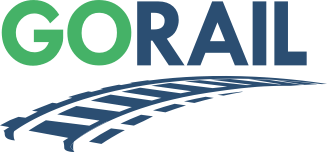

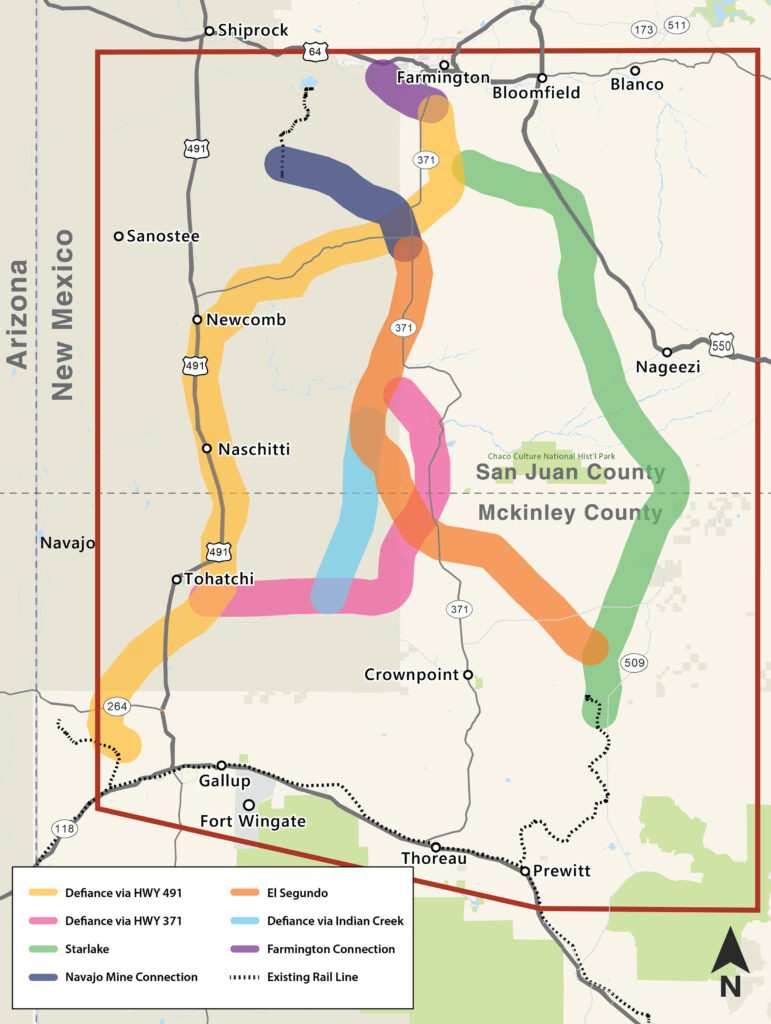
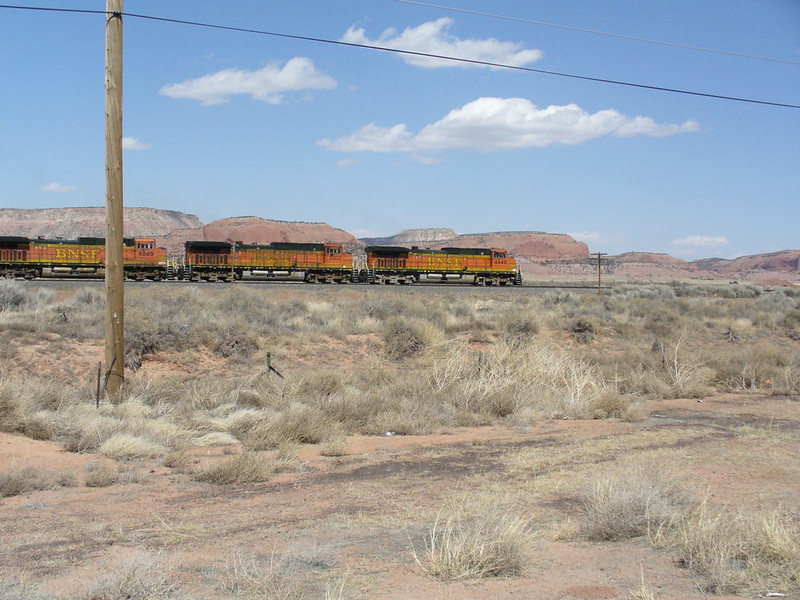
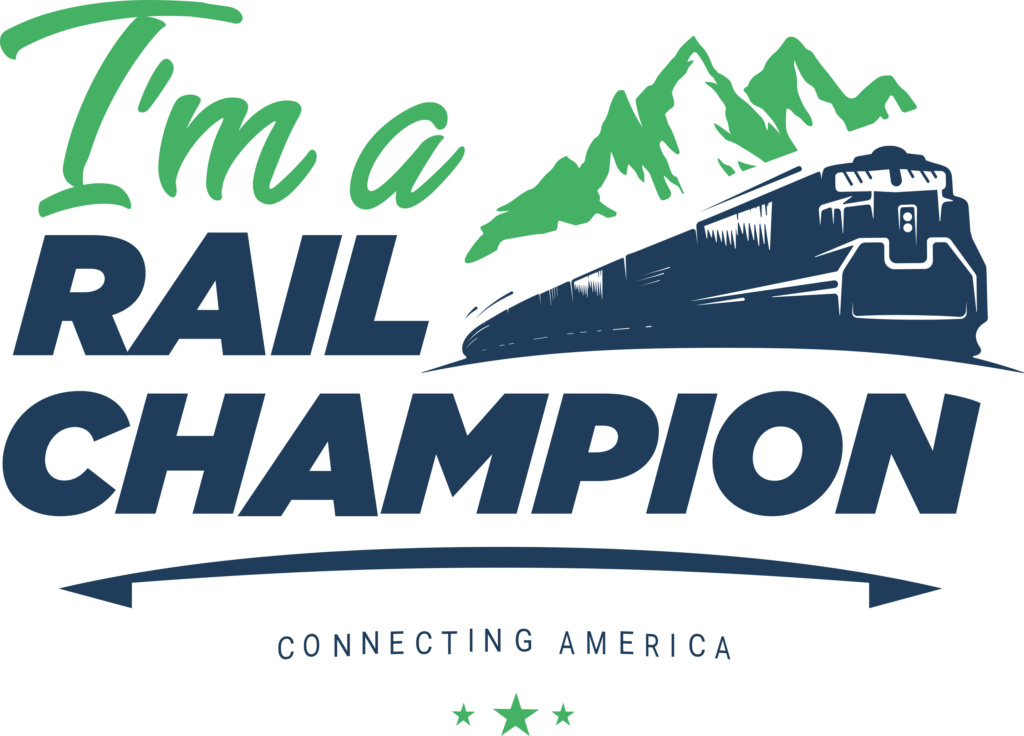 GoRail launches Rail Champions to give voice to those who recognize the vital role railroads play in connecting communities across America.
GoRail launches Rail Champions to give voice to those who recognize the vital role railroads play in connecting communities across America.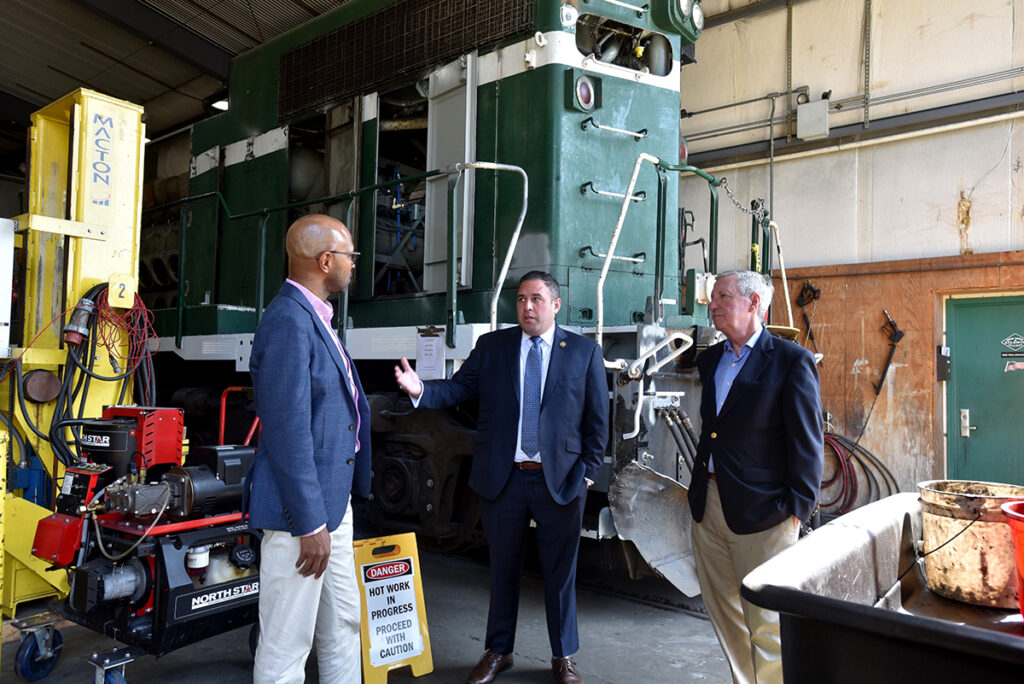
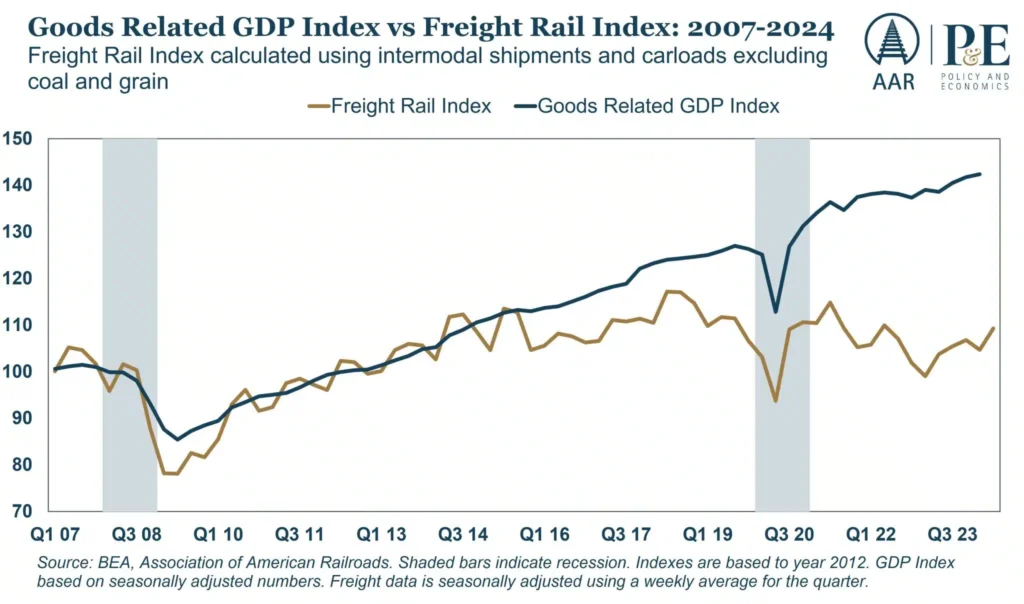
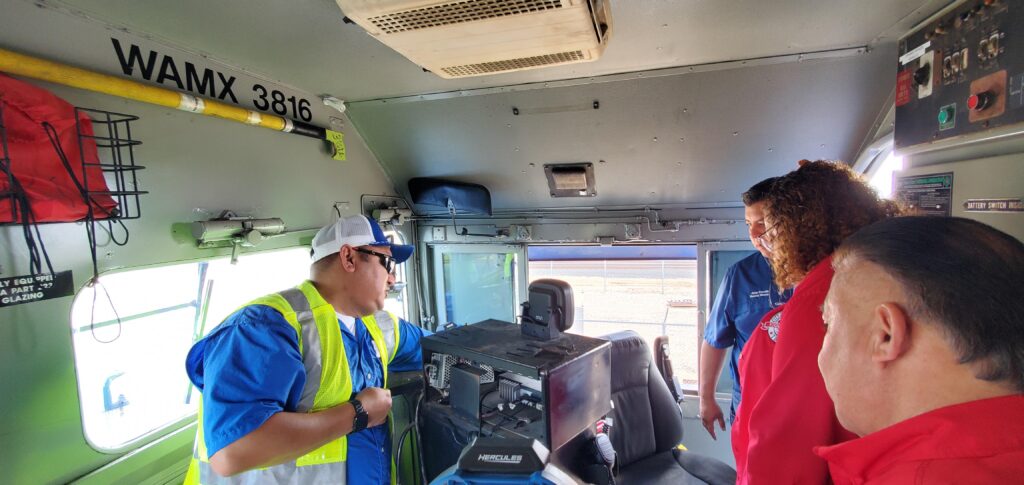
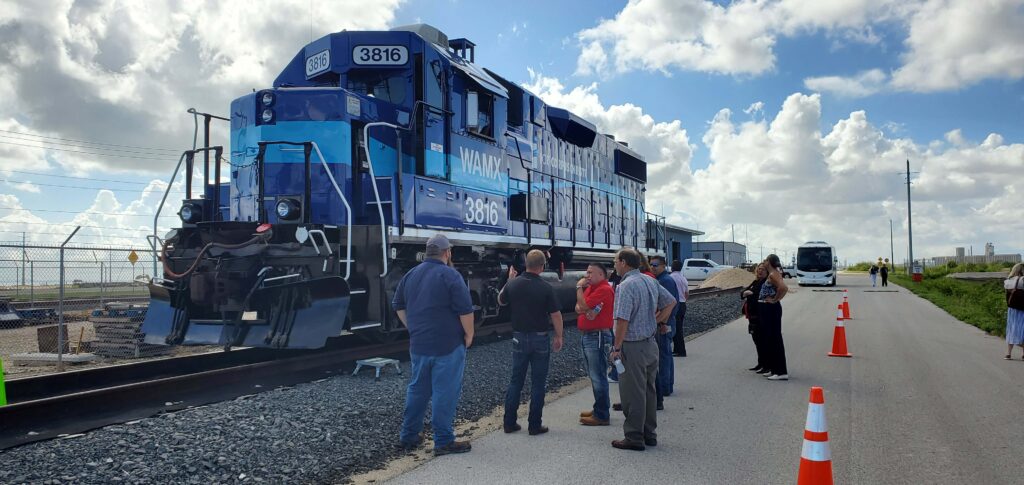
 Atlanta, GA — In
Atlanta, GA — In 
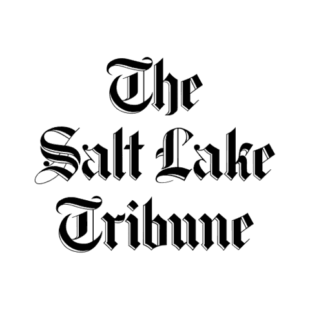 Salt Lake City — In an
Salt Lake City — In an 